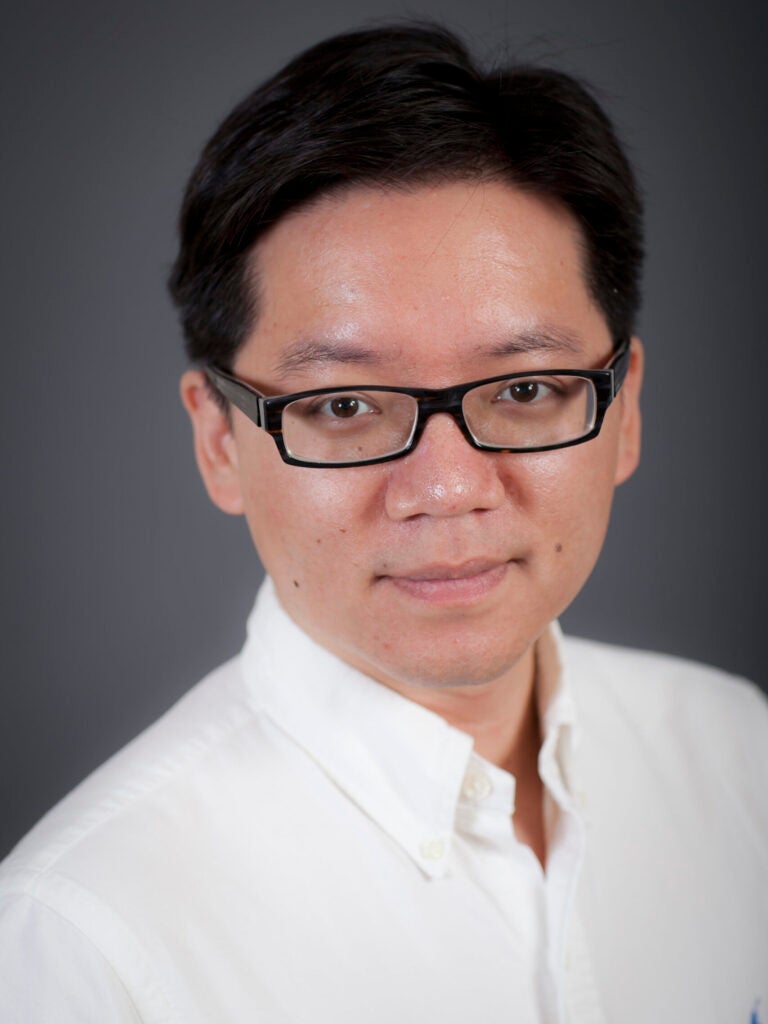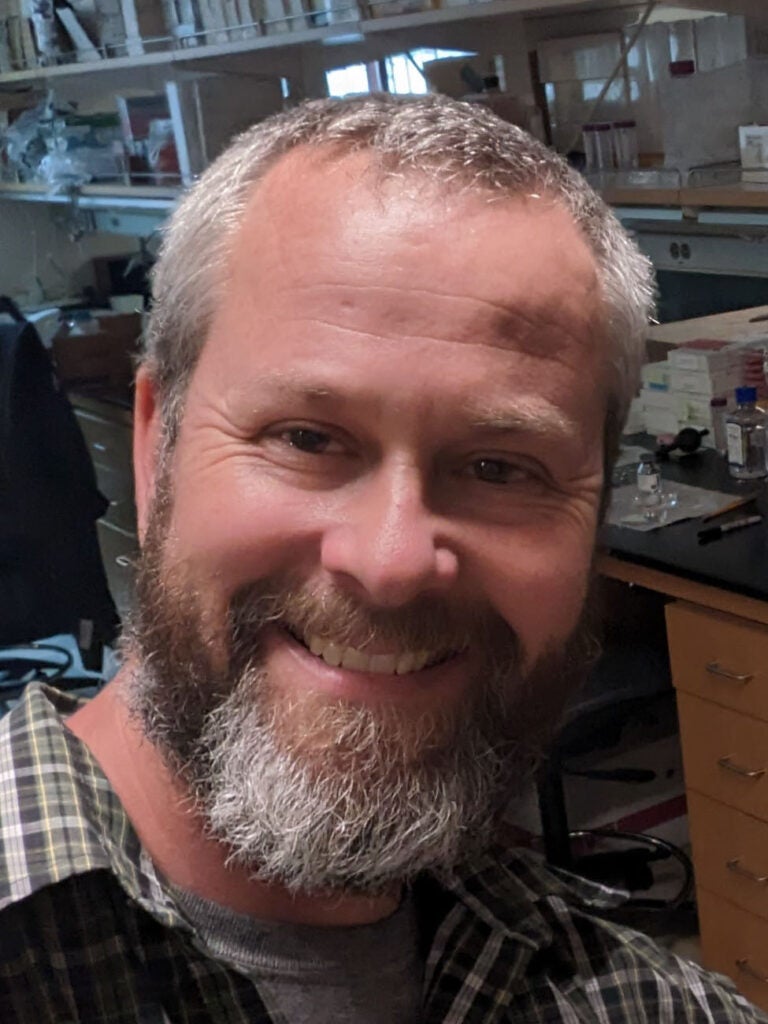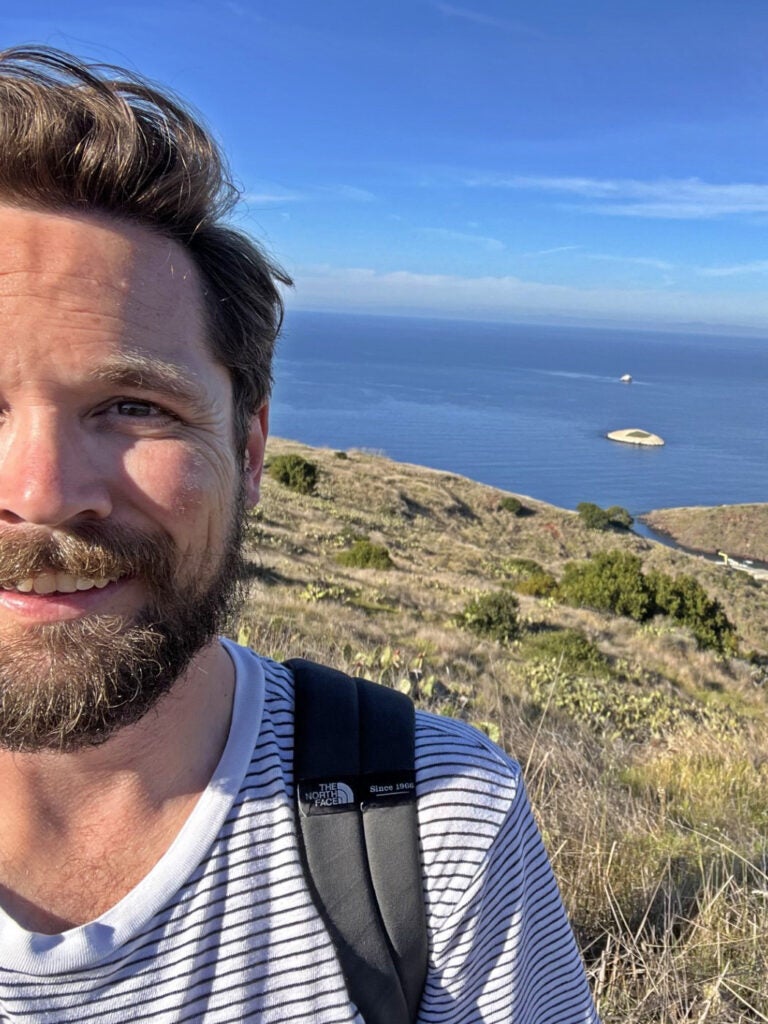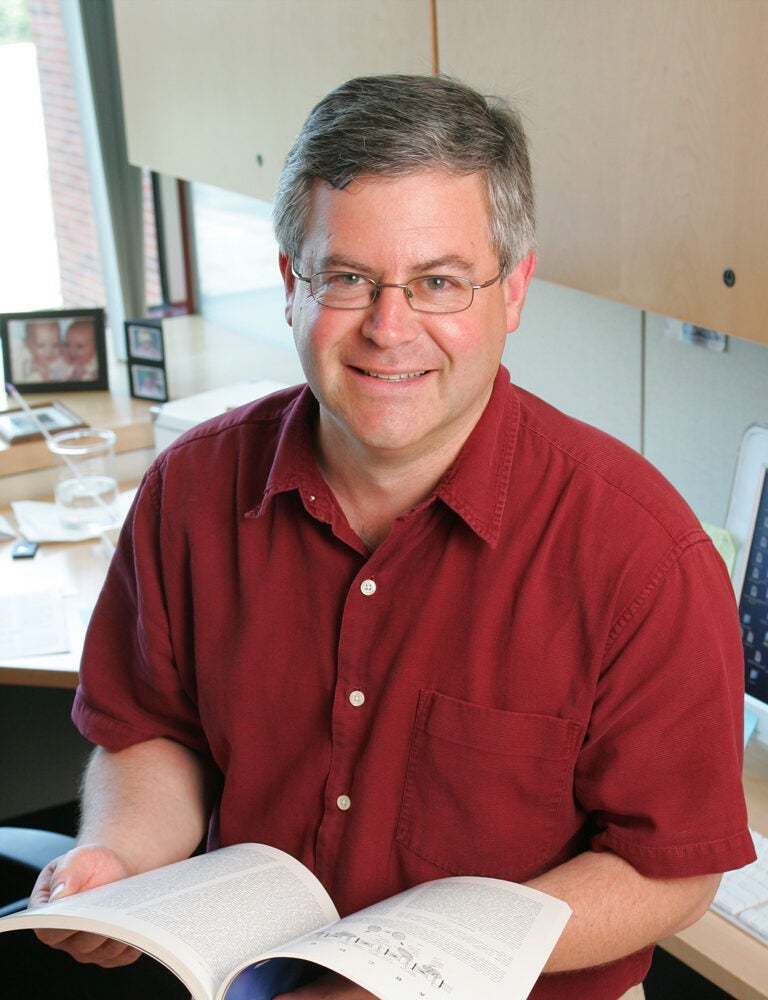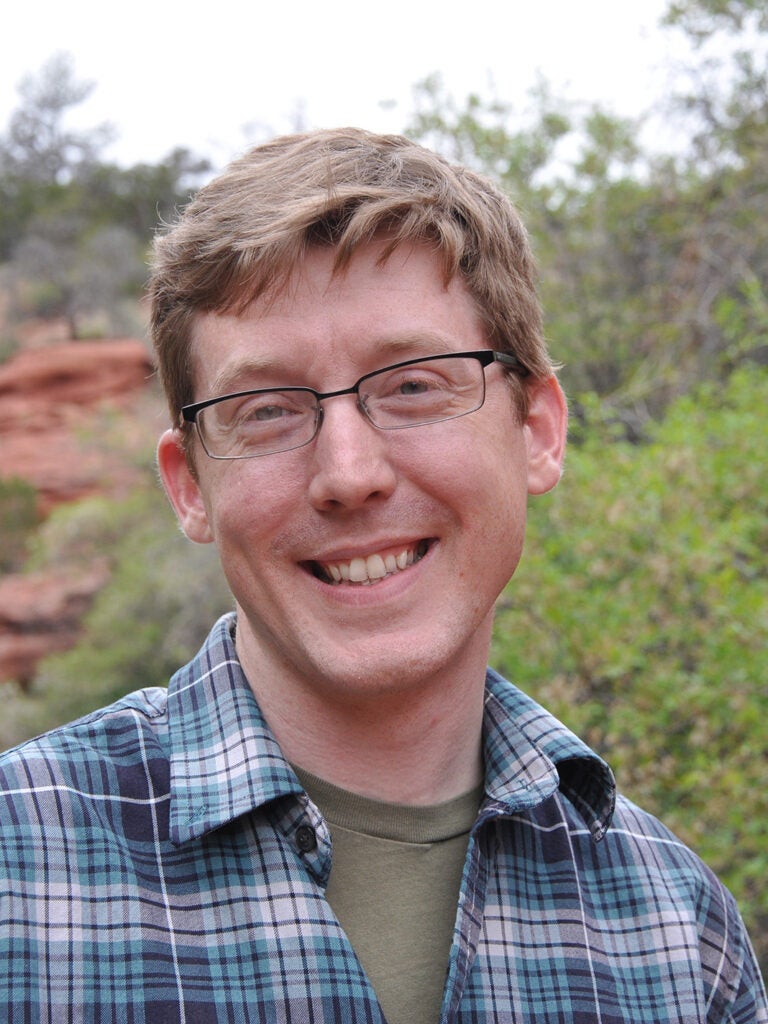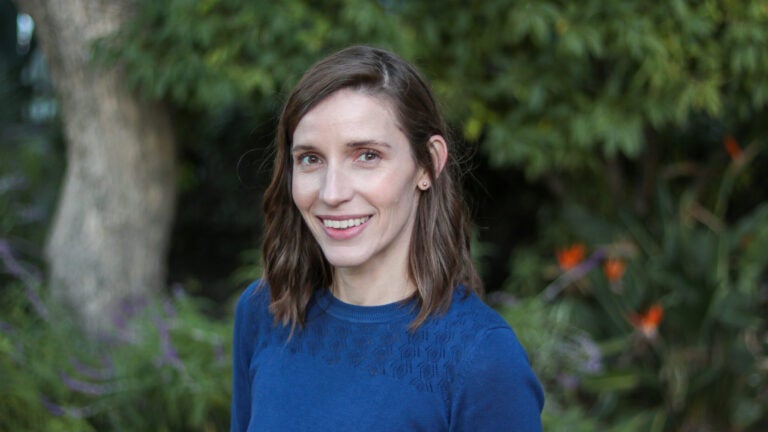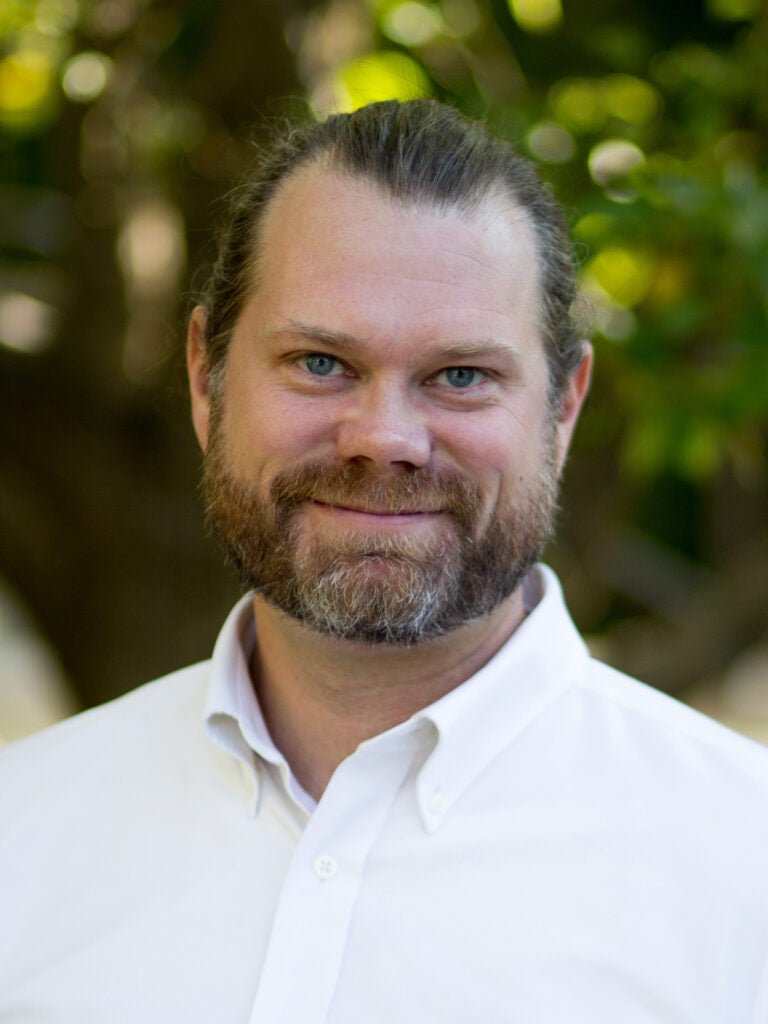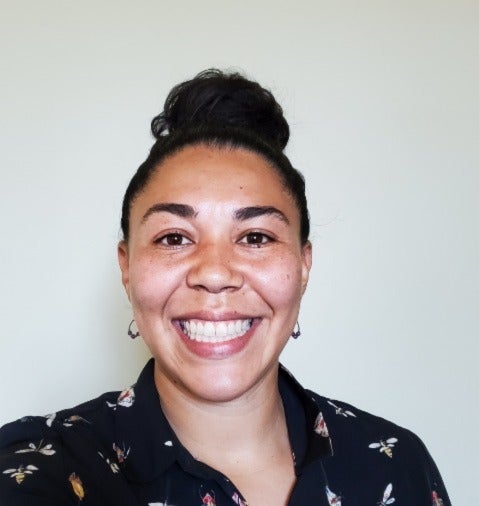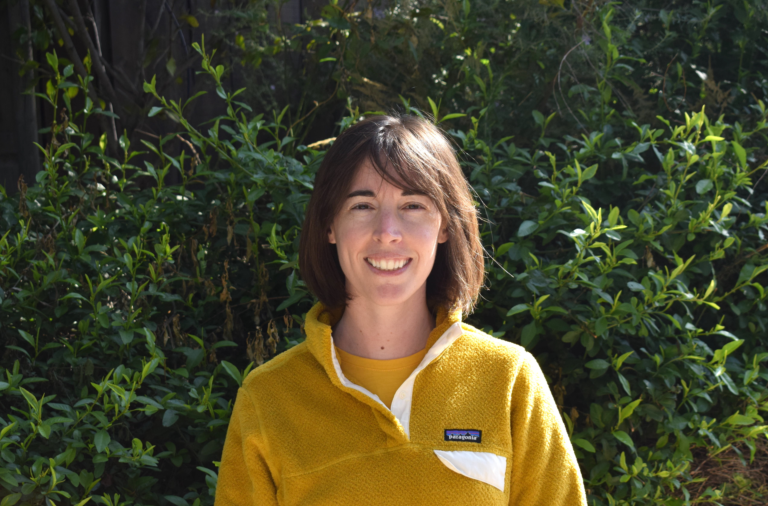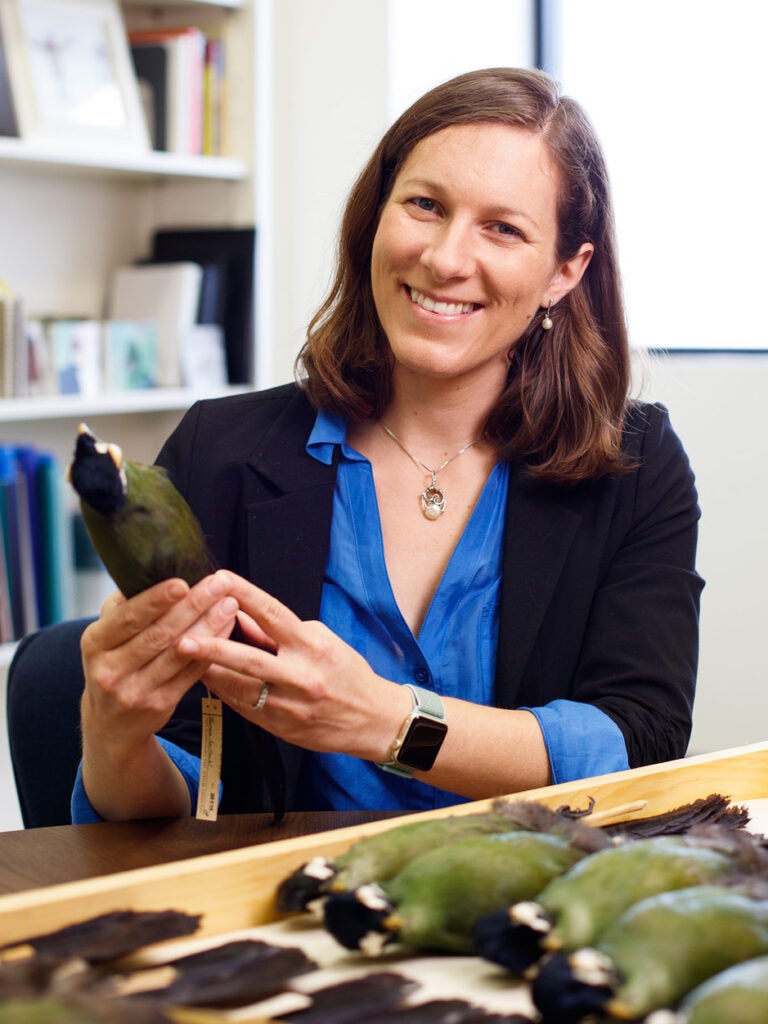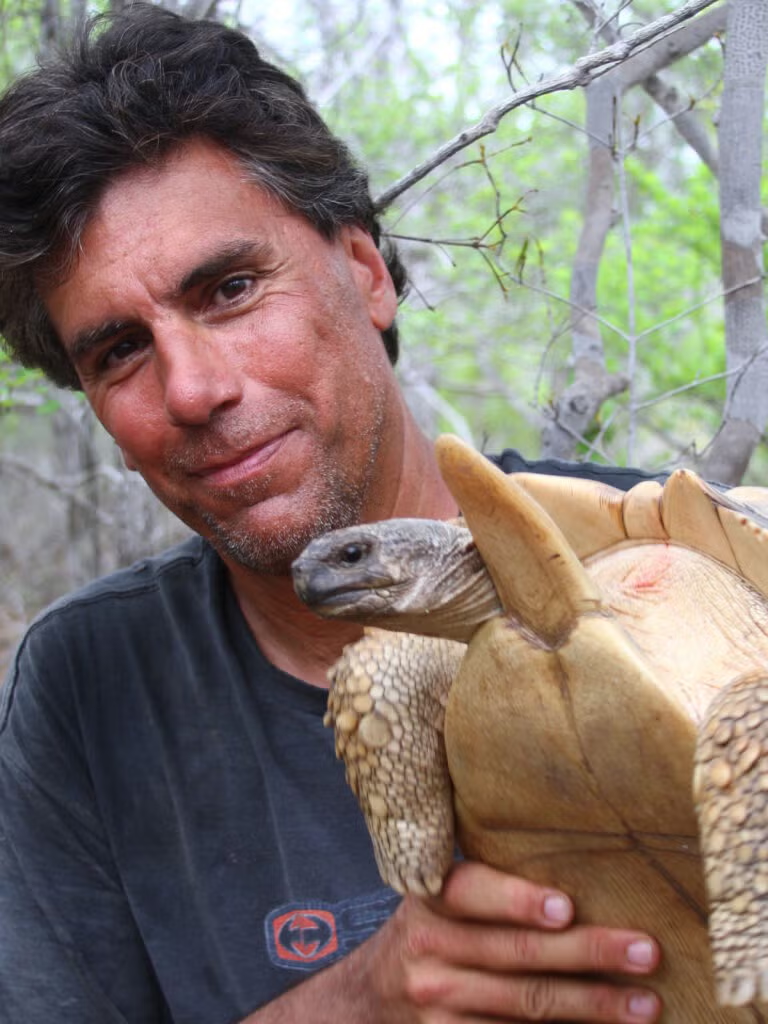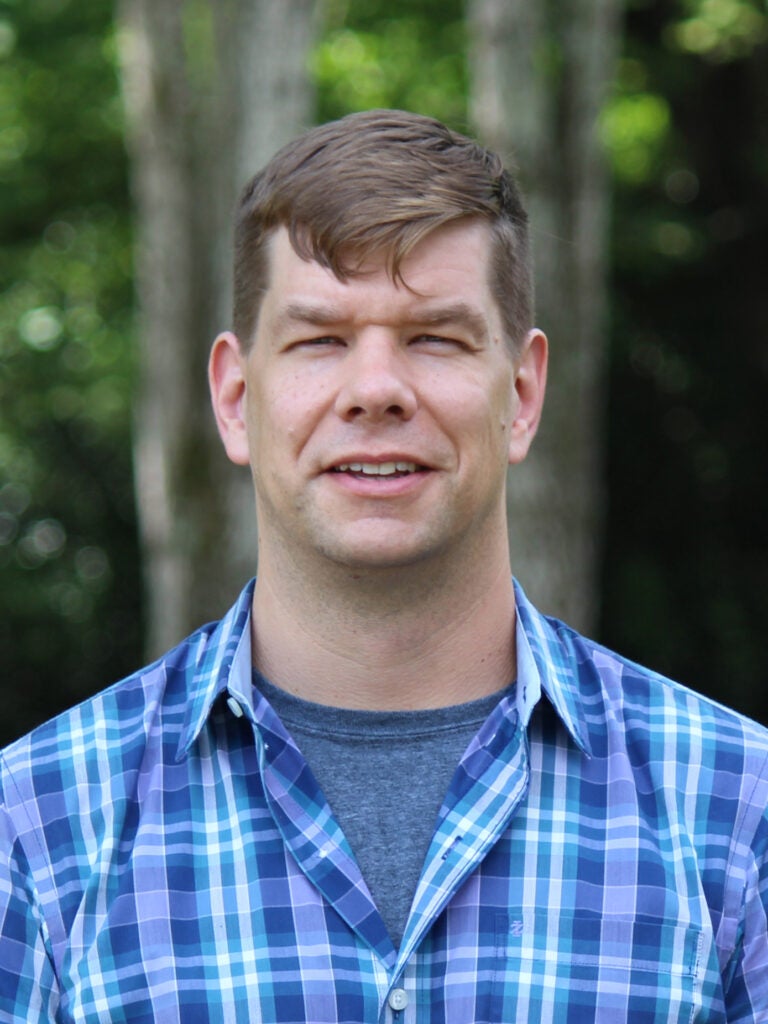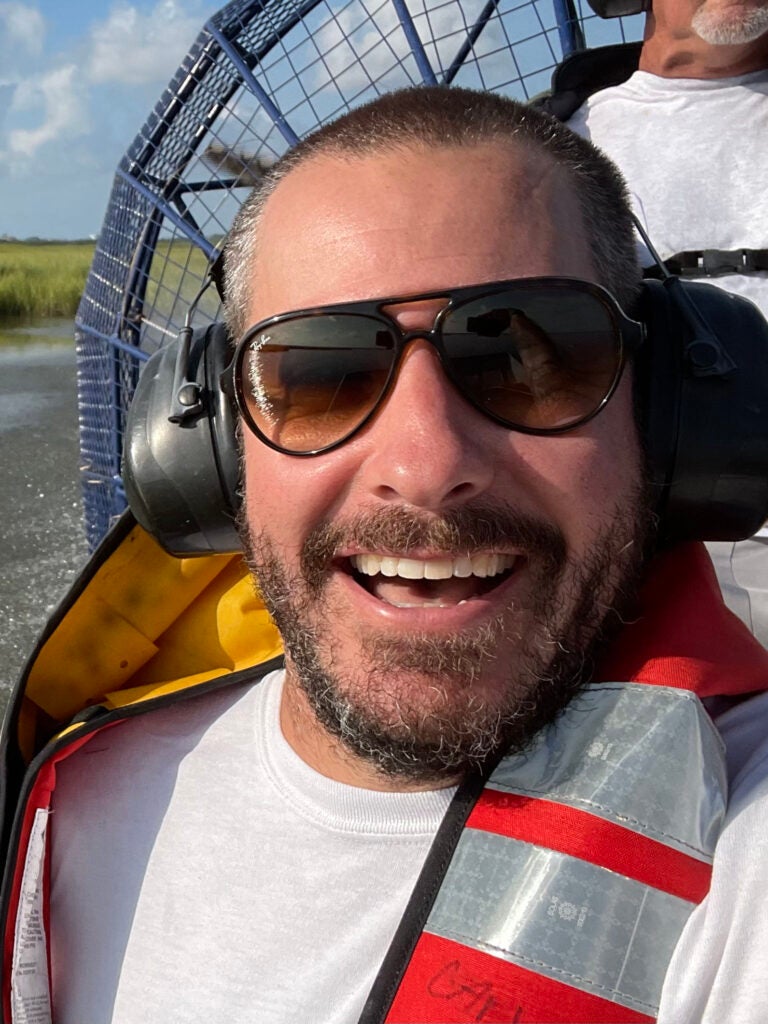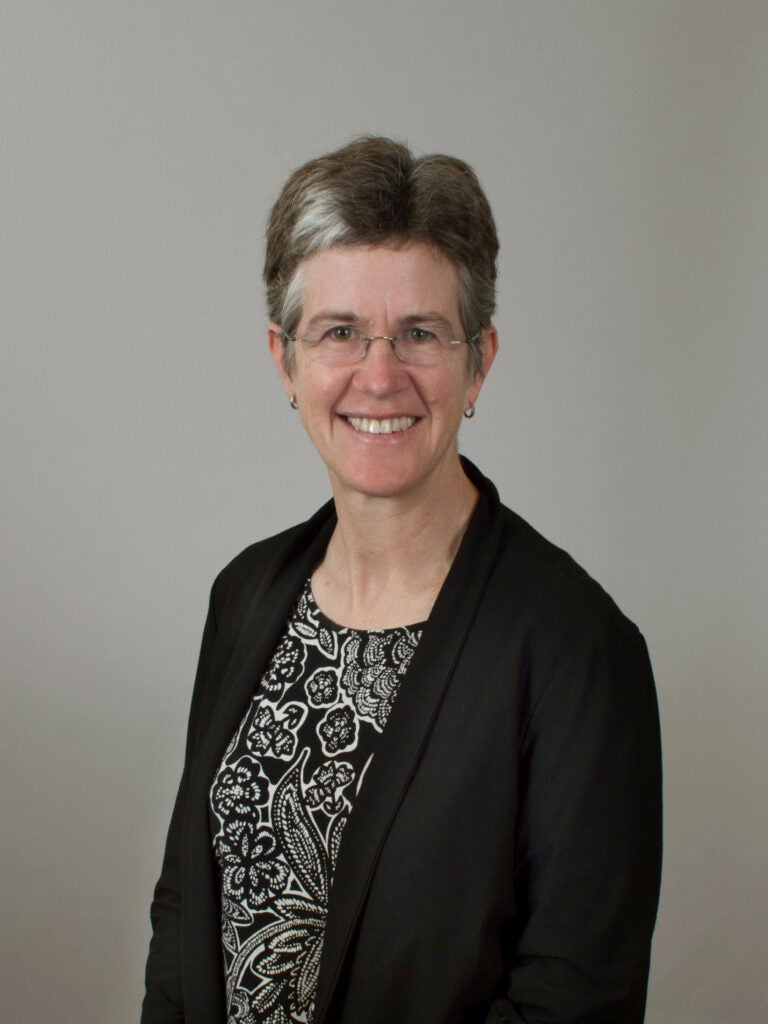The Center for Ecological and Evolutionary Dynamics includes faculty from multiple sections and departments across USC.
The overarching theme of our research group is to use genetic approaches to understand how evolutionary forces shaped the genetic architecture of complex traits within and between populations. To this end, we have been involved in a number of past and ongoing genetic epidemiology studies in mapping genetic loci underlying human complex traits. We are also continually interested in investigating the evolutionary forces, namely demography and selection, that shaped the pattern of genetic variability and phenotypic distribution, through both method developments and empirical analyses.
Dr. Dean’s research is focused on the evolutionary genetics of reproduction and sexual selection.
The Edge lab focuses on methods and theory in population genetics and related fields. Special interests of the lab include complex traits and forensic genetics. Our approaches are often influenced by coalescent theory or related tree-based representations.
The Edmands Lab is broadly interested in conservation, population and evolutionary genetics. Much of our work uses the crustacean Tigriopus californicus (“the Drosophila of the Sea”) as a model for understanding the genetic basis of fundamental biological processes including reproductive isolation, environmental stress tolerance and aging. Our lab also studies temporal and spatial genetic variation in organisms of concern for conservation and management, including current work on genetics and evolution of the island fox.
Cameron is an Assistant Professor (Teaching) in the Department of Biological Sciences at USC, specializing in community ecology and plant-fungal symbioses. His research examines the diversity and functioning of mycorrhizal fungal communities, exploring how these symbiotic relationships shape biodiversity and ecosystem processes across environmental gradients and can be leveraged in applied ecological contexts.
At USC, Cameron is a dedicated educator who leads several ecology courses, including the CEED-associated seminar BISC 460. This seminar provides students with opportunities to engage with contemporary ecological and evolutionary research while fostering connections with faculty and visiting scholars.
Work in the Finkel lab focusses on the long-term adaptation, survival, and evolution of bacteria in complex, dynamic communities. Using a combination of molecular genetic, genomic, biochemical and physiological methods, we study the ways that bacteria sense and adapt to ever-changing environments. The systems we study range from laboratory cultures of bacteria, to microbes in the human gut, and even bacteria isolated from the deep biosphere, including from crustal fluids beneath the ocean floor.
Noelle Held studies the connectivity of life and the Earth by identifying how marine microbes interact with ocean biogeochemistry at small and large scales. Her group specialises in environmental proteomics, systems biology, microbial ecology, and ocean biogeochemistry.
The Huttenlocker Lab investigates the origins and evolution of mammalian skeletal function by analyzing modern and fossil bones through hard-tissue histology and biomedical imaging. Our interdisciplinary research group draws on physiological principles and paleobiological data in order to understand how past environments and behaviors effected skeletal growth and mechanics and seeks to explain why the mammalian body functions the way it does.
https://www.huttenlab.com/
The Cnidarian Evolutionary Ecology Lab studies how organism-environment interactions induce or select for different phenotypes and how these ecological interactions influence and are influenced by the evolutionary trajectories of populations and species. We use a variety of methods to address these questions, ranging from field experiments to ecophysiology to genomic analyses. We also have a strong interest in “translational ecology” and prioritize questions with conservation and restoration applications.
My group uses a combination of experimental, computational, and theoretical approaches to quantitatively understand decision-making in single cells and tissues, focusing on questions in vascular and germ-cell development. We also investigate how environmental stressors affect development and create advanced molecular tools to conserve birds.
Our research focuses on understanding the interactions between climate and marine microbial ecosystem composition and function. The Levine Lab is developing innovative, interdisciplinary numerical models that provide new insight into how dynamics occurring at the scale of individual microbes impact large-scale ecosystem processes such as rates of global carbon cycling. We are tackling challenges in Biological Oceanography related to evolution and cycling of organic carbon – work that will allow us to generate more robust predictions of our future world.
Adam MacLean’s lab studies cell fate decision-making using theoretical approaches. We develop mathematical models and inference tools to gain insight into stem cells and the gene regulatory networks that control them. These models are built upon principles from nonlinear dynamical systems, theoretical ecology, and cellular population dynamics.
The McGowan lab seeks to understand the relationships between the musculoskeletal morphology of terrestrial vertebrate animals and the biomechanics and neural control of locomotor performance in an ecologically and evolutionarily relevant framework.
The Mooney Lab is interested in broad population genetics questions. We focus mainly on topics within the realm of consequences of deleterious (non-neutral) mutations, where deleterious mutations tend to aggregate in the genome, and understanding patterns of genomic sharing through identity-by-descent segments and runs of homozygosity. We have projects exploring these topics in human and non-human populations.
Dr. Sergey Nuzhdin
The Nuzhdin lab employs molecular biology and bioinformatic techniques to better understand the interactions between genotype and phenotype across a wide range of organisms. Currently, we are broadly interested in how these techniques can be applied to aquaculture in Southern California, specifically with seaweed and bivalves.

The interactions of microbes with other life on earth often produce collective phenomena that are greater than the sum of individual cellular parts. How do collective phenomena emerge from the microscale interactions of cells and their biotic/abiotic environment? The question is difficult to answer due to the phenotypic plasticity and genetic variation that are core attributes of many microbial populations. My lab takes an interdisciplinary approach to understand how plasticity and variation shape the collective behaviors of microbes in coastal ecosystems.
The Shultz Lab is based in the Ornithology Department at the Natural History Museum of Los Angeles County. We primarily uses birds as a study system and has two main research focuses: how birds are responding to human-caused environmental changes (both from evolutionary and ecological perspectives), and the evolution and function of feathers. We use an integrative approach and a huge variety of tools, ranging from microscopy and spectrophotometry to phylogenetic comparative methods and genomics. In addition to research, members of the Shultz Lab are passionate about increasing diversity, inclusion, access and equity in the sciences, and inspiring a love of nature in everyone.
Craig Stanford’s research group has long focused on primate behavioral ecology, especially the African great apes, in order to inform us about human origins. He also works on the in-situ conservation biology of a variety of organisms, especially reptiles. He currently has doctoral students working on ecology and behavioral endocrinology in endangered African primates, and on the population biology of giant tortoises and iguanas in the Galapagos Islands.
I’m interested in what happens to microbial communities in low energy environments like marine sediments. How do communities adapt (or not) to the transition from surface environments, where food is abundant and disturbance is common, to deep environments, where little energy is available and not much happens? In short, what happens when microbial communities get cut off from the outside world? We use bioinformatic tools, analysis of organic compounds, and in situ rate measurements to understand the geomicrobiology these environments.
The Thrash Lab investigates the relationships among and between aquatic microorganisms and their environment. We combine high throughput culturing, physiology, and pure culture multi-omics techniques with cultivation independent methods (e.g., meta-omics and single-cell genomics). We seek to understand why microorganisms occur where they do and what they are doing there.
Ruth Wood’s research focuses on anabolic-androgenic steroid abuse and behavioral neuroendocrinology, the study of how hormones act in the brain to control behavior. She investigates the neurobiology of social and cognitive behavior, and how gonadal steroid hormones act in the brain, during development and in the adult, to effect sex differences and modify behavior. Dr. Wood’s research has been funded by the National Institute on Drug Abuse and the National Institute of Mental Health. She currently serves as Associate Dean for Faculty Affairs at the Keck, and as Director of the Neuroscience Graduate Program of USC.
